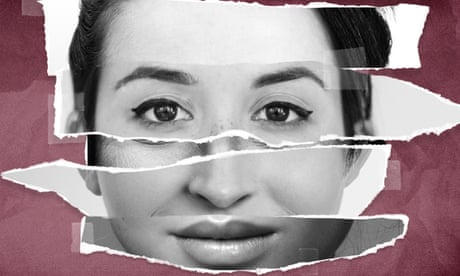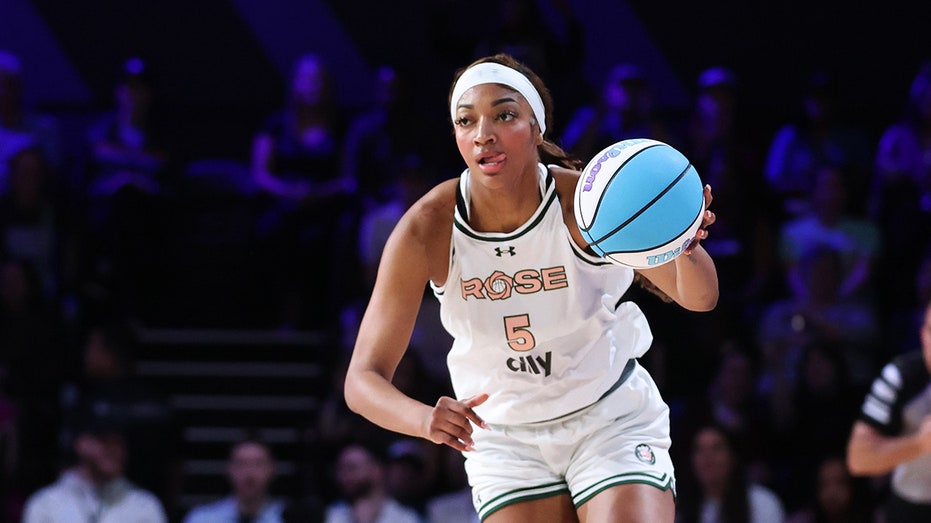- by foxnews
- 12 Mar 2025
‘Like a dystopian world’: inside the booming demand for cosmetic injectables
‘Like a dystopian world’: inside the booming demand for cosmetic injectables
- by theguardian
- 25 Sep 2022
- in news

Zeinab Zeineddine had been getting injected with filler for a few years before it all went horribly wrong.
In early 2021, the western Sydney resident went to a nurse who ran a local cosmetic injectables clinic and asked her for "a little bit of a top-up on my cheeks, a little bit of chin, a little bit of jawline".
She walked out of the clinic about $3,500 lighter and looking "like Maleficent", Disney's gothic fairy with protruding cheeks and exaggerated features.
"She ended up making me look like an absolute monster. My children were mortified," Zeineddine says.
"Every single time I looked in the mirror I would break down. My kids were like 'Mummy, what happened to your face? What happened to your beautiful face?'"
Zeineddine's story highlights growing concerns about the largely unregulated cosmetic injectables industry, which has exploded in popularity in recent years.
Exact numbers on its growth are hard to come by. "Don't waste your time," says one surgeon. "It would be nice to know what's going on, but we don't."
Market researchers Grand View Research valued the Australian facial injectables industry at $4.3bn last year with a projected growth of more than 25% every year until 2030.
Guardian Australia has spoken with dozens of women who have been treated with cosmetic injectables. While some have experienced major problems, many have also said how happy they were with their results, exalting the ease of access, instant changes to their appearances and the relatively low price of entry when compared with plastic surgery.
Melbourne dermatologist Dr Cara McDonald has been working with injectables for about 15 years and says demand has "skyrocketed".
"It's exploded and it's almost become a normal part of self-care," she says.
McDonald says that while some people, particularly older clients, are more private about their treatments, there is a growing cohort of younger Australians who flaunt them.
"It's like carrying a designer handbag - you have a designer handbag so that people notice. They want their injectables to be noticed as well because it's part of their social status," she says.
"The younger generations really see it as something that there's no shame associated with it; there's no stigma."
Despite their prevalence, and the serious mental and physical dangers they can present, injectable treatments were excluded from the damming independent review into cosmetic surgery in Australia, commissioned by the Australian Health Practitioner Regulation Agency (Ahpra).
Injections require a valid prescription from an authorised prescriber such as a doctor, but those administering the treatment do not need to complete specific cosmetic injectables training beyond their generalised health qualification. This can include doctors, dentists and nurse practitioners.
Ahpra says it expects all injectors to "exercise professional judgment and work within the scope of their own competence, education and training".
"We can and will act if we think a practitioner poses a risk to the public," the agency says, via a spokesperson.
But McDonald says people are at a higher risk of poor outcomes until the industry is cleaned up and professionalised.
"Would you like rock up at a hairdresser that just opened the doors and had never done an apprenticeship and let them cut you hair? And yet we're doing this on our faces," she says.
"There are a lot more highly experienced, excellent nurse injectors out there than probably there are doctors but there's no bar that people have to cross."
Countries around the world are struggling to regulate the booming business. The UK government recently announced legislation to ensure all people administering Botox or fillers have a licence following increased reports of botched cosmetic procedures.
Cosmetic physician Dr Alicia Teska has been working in non-surgical cosmetic medicine at her Melbourne practice since the early 2000s.
"I actually feel quite distressed about what I see going on, not just because of what it's done to the professionalism of the industry [but] I am very, very concerned for the welfare of young women and increasingly also young men," she says.
She says patients regularly present wanting to look like something they had seen online - often a doctored photo or a filtered image of themselves - and they are being preyed upon by unscrupulous injectors.
"There are so many people who have a vested financial interest in upselling. It's a little bit like the McDonald's model of cosmetic medicine," she says.
Many surgeons, doctors and injectors have expressed concern about the way injectable treatments are marketed through social media.
McDonald says many young practitioners getting into the industry consider it to be "glamorous", posting to their legions of followers on social media and gaining access to the injections for themselves.
"You've got a lot of quite young people now treating other young people and they're not necessarily doing what's in their best interest," she says.
"That, in my opinion, is why we're seeing a lot of excessive and abnormal treatments in younger age groups in particular."
McDonald wants to see the government, regulators and industry introduce minimum standards for education of injectors, resourced agencies to regulate practitioners and greater education for clients of the risks attached.
There are also calls from psychologists to introduce mandatory mental health screening before all injectables - like in cosmetic surgeries - to stop vulnerable patients worsening pre-existing psychological conditions and increasing their risk of self- harm.
Perth facial plastic cosmetic surgeon Dr Jayson Oates says increased competition between clinics has reduced professionalisation.
"It's marketed in a glamorous way, quick, easy, simple, not a lot of talk about the side effects and the price has come down and down," he says.
The rise of the Instagram injector-influencer, who flaunts treatments they have had done, as well as the treatments they are doing in their clinics, presented an opportunity for patients, Oates said.
Despite instantly informing the practice she felt "botched", overfilled and distorted when she was treated last year, it was three days before the clinician agreed to again see Zeineddine.
When she did, the nurse told her she looked normal and referred to her own face, that had also been treated with dermal filler.
"The more she said 'look at my face', the more I wanted to die ... it was my fault from the beginning. I should have seen her face and run away," Zeineddine recalls.
For a further $450, Zeineddine then had her filler dissolved with an enzyme called hyaluronidase without a patch test for allergies or any explanation of what the possible side effects were.
She remembers blood dripping down onto her T-shirt as she was injected with the dissolving agent.
"[The injector] couldn't give a shit," she says. "Anybody can carry a needle and ruin your absolute life."
- by foxnews
- descember 09, 2016
Daring airport trend has travelers arriving at gate 15 minutes before takeoff
Flight passengers are participating in the new viral trend, "airport theory," with flyers arriving at their gates 15 minutes before their flights depart. A travel expert weighs in.
read more


